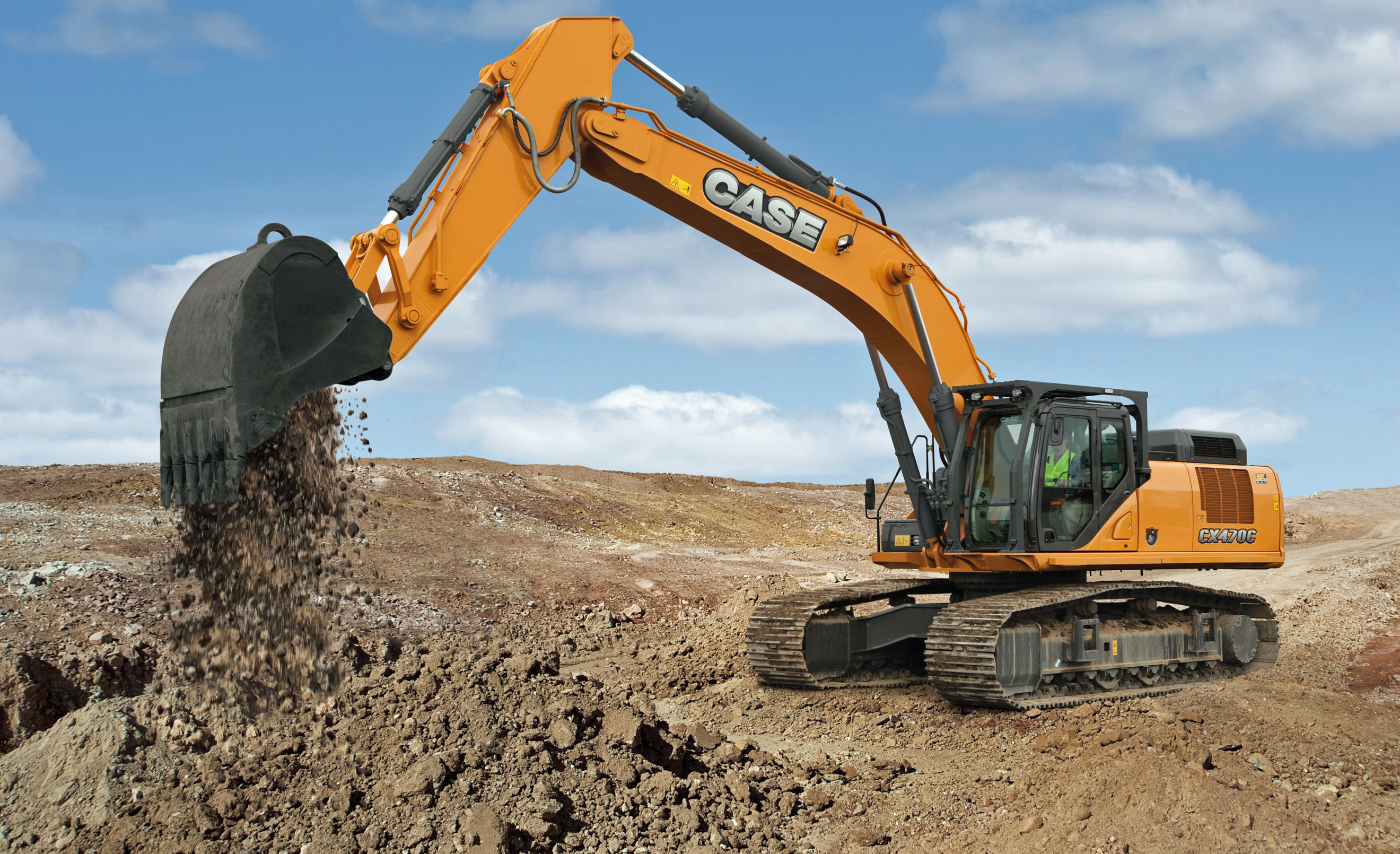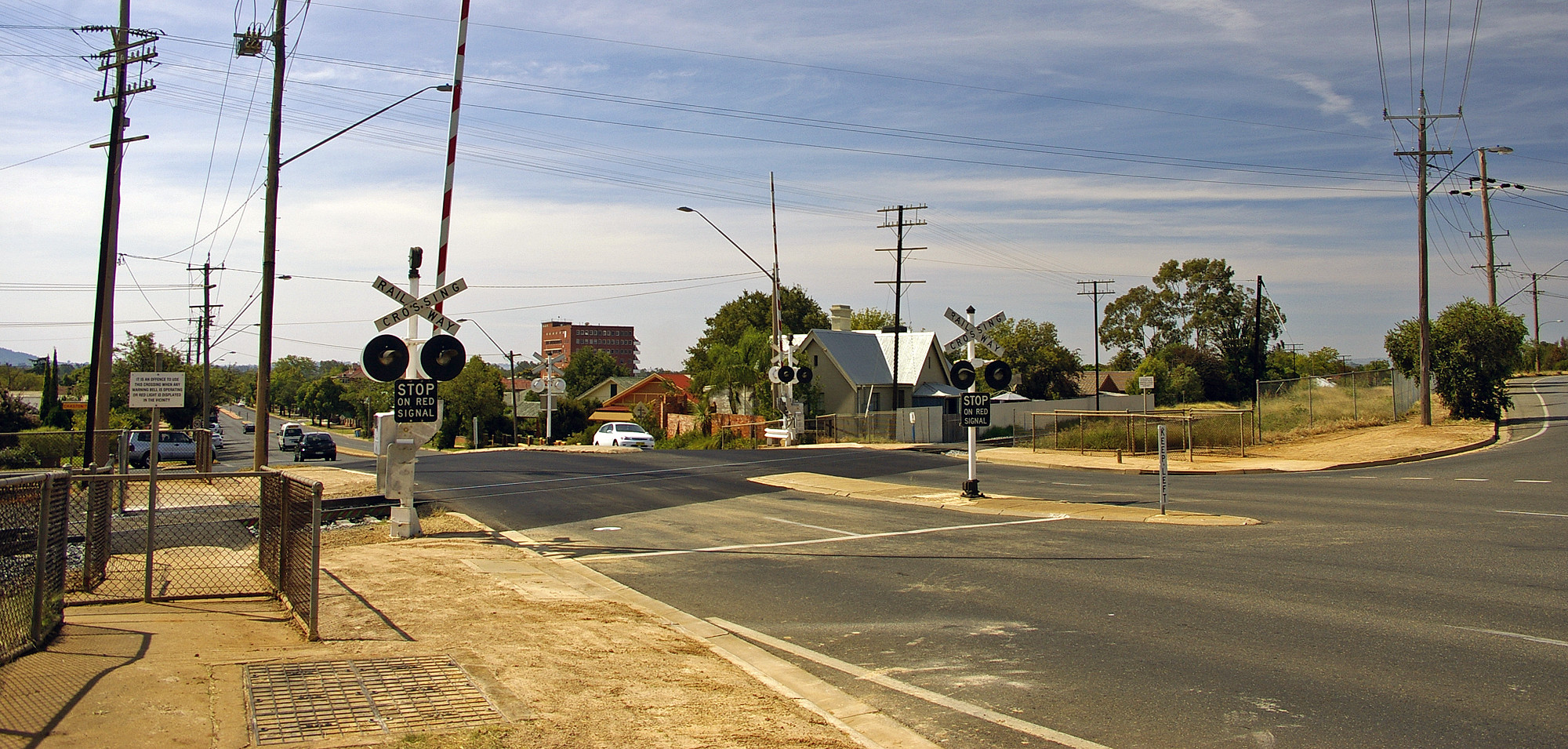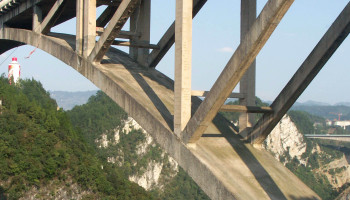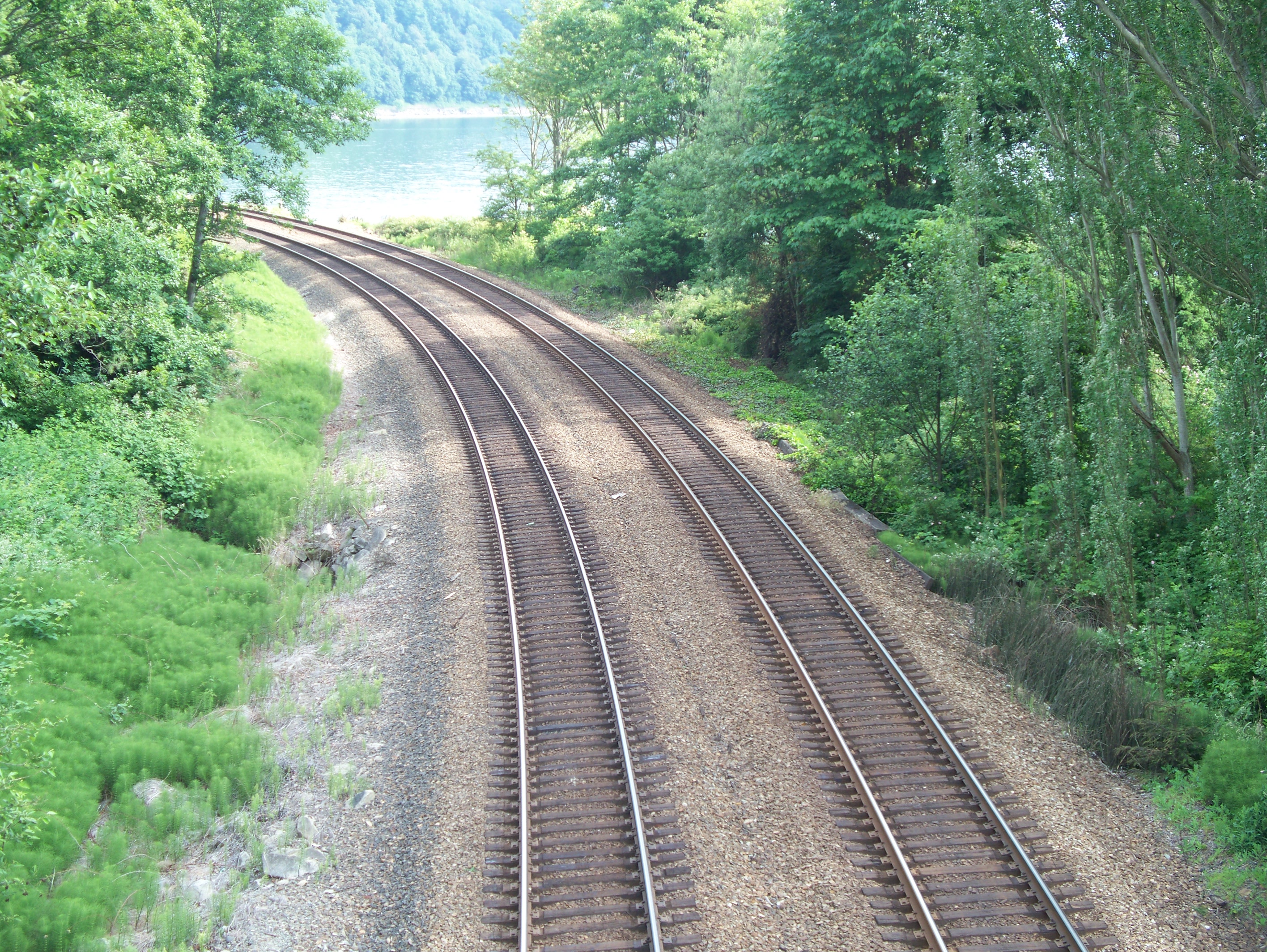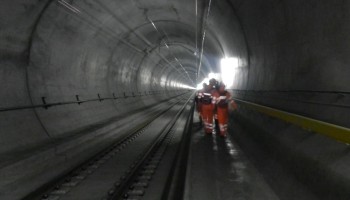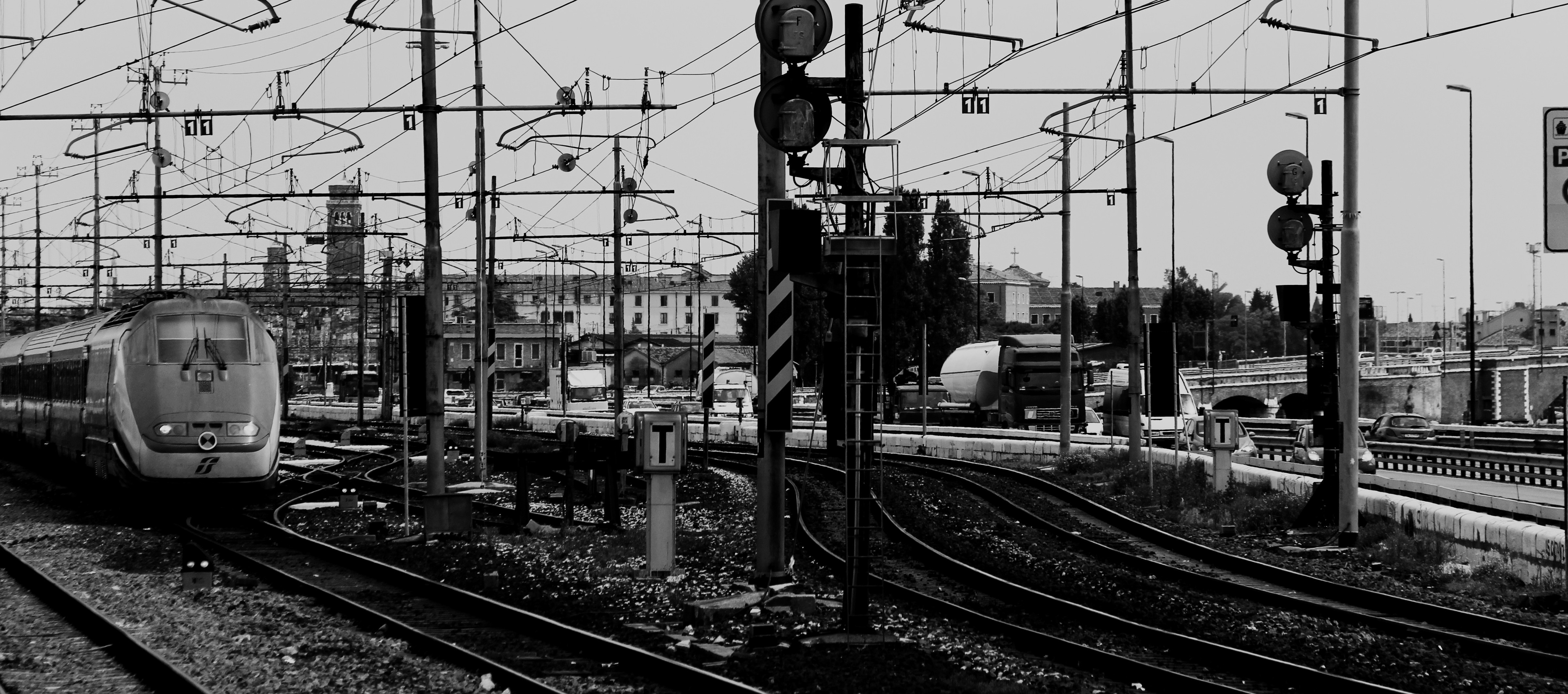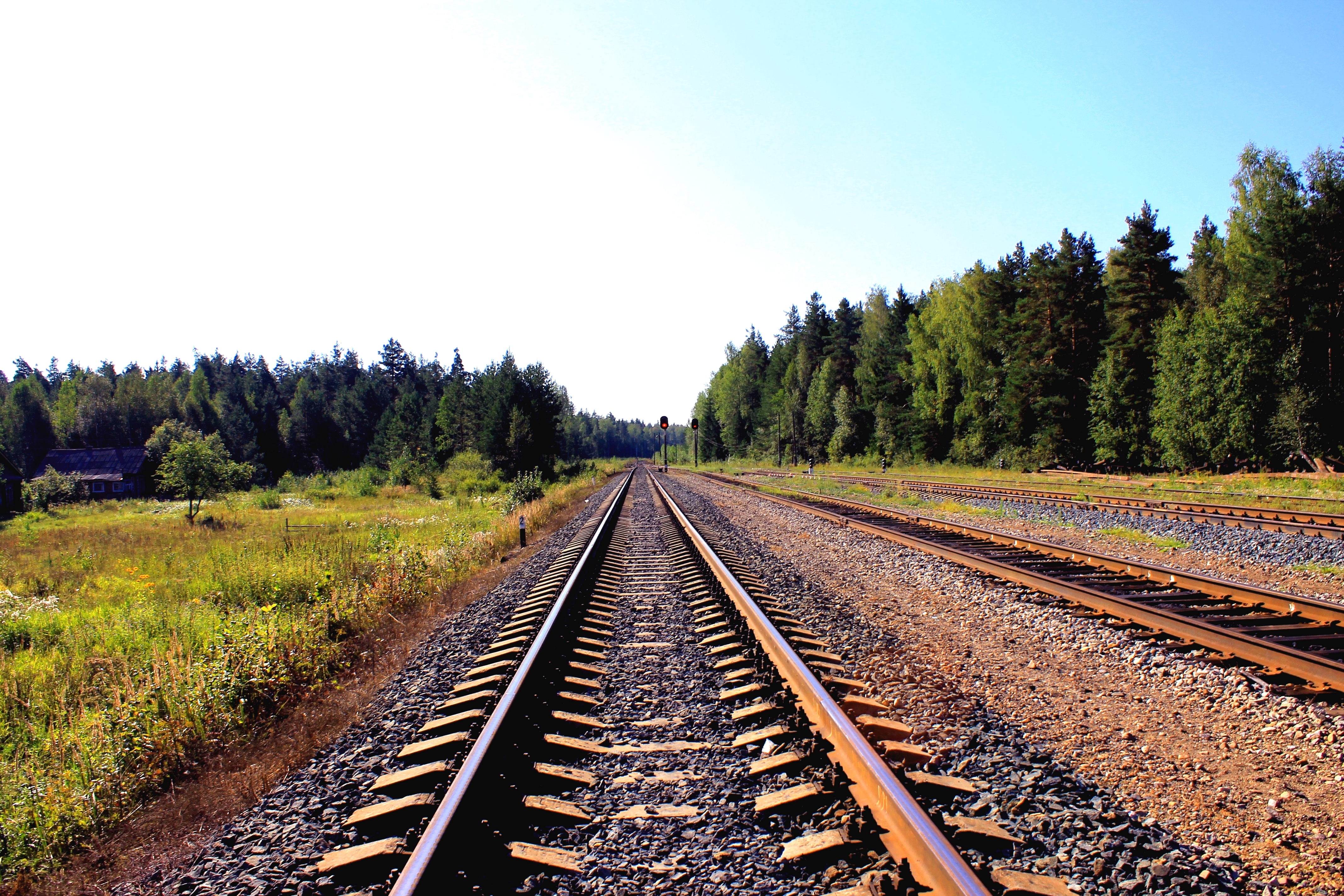Stations
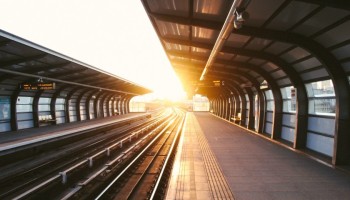
AECOM13 manages to spend $7.1 billion on new and unnecessarily expensive stations (indeed, compare this cost to the actual track, at only $6.6 billion). This post demonstrates that this cost is excessive by comparison to contemporary examples, and proposes a more realistic and affordable estimate. The Hot Rails strategy, in…




